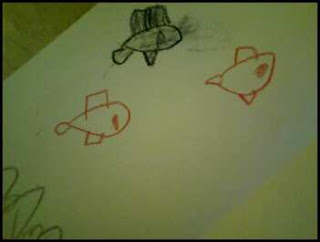 |
| "Swimmy" book by Leo Lionni |
We received an email from Hiroko today. She told us about midnight food rations and the snow that had fallen over the region. Some children enjoyed the Japanese dolls on the Museum shelf , while others fashioned slippers and kimonos. Kindergarten students worked on headliners for our class newspaper.
Montessori Dictionary: The Sensitive Period
Sensitive Periods for learning
Birth to 3 years:The absorbent mind-the mind soaks up information like a sponge
Sensory learning and experiences: The child uses all five senses-touch, taste, feel, sight, and hearing-to understand and absorb information about his or her environment
1 ½ to 3 years:Language explosion-a child builds his or her future foundation for language at this period.
1 ½ to 4 years:Development and coordination of fine and large muscle skills, advanced developing grasp and release skill spawns an interest in any small object (usually dangerous ones on the floor).
2 to 4 years:Very mobile with greater coordination and refinement of movement, increased interest in language and communication (they love to tell stories- true or not!), aware of spatial relationships, matching, sequence and order of objects
2 ½ to 6 years:Works well incorporating all five senses for learning and adapting to environment
3 to 6 years:Interest and admiration of the adult world, they want to copy and mimic adults-such as parents and teachers. One of the few times most children are very open to their parents and other adults.
4 to 5 years:Using one’s hands and fingers in cutting, writing and art. Their tactile senses are very developed and acute.
4 ½ to 6 years:Reading and math readiness, and eventually, reading and math skills.
Comments
Post a Comment